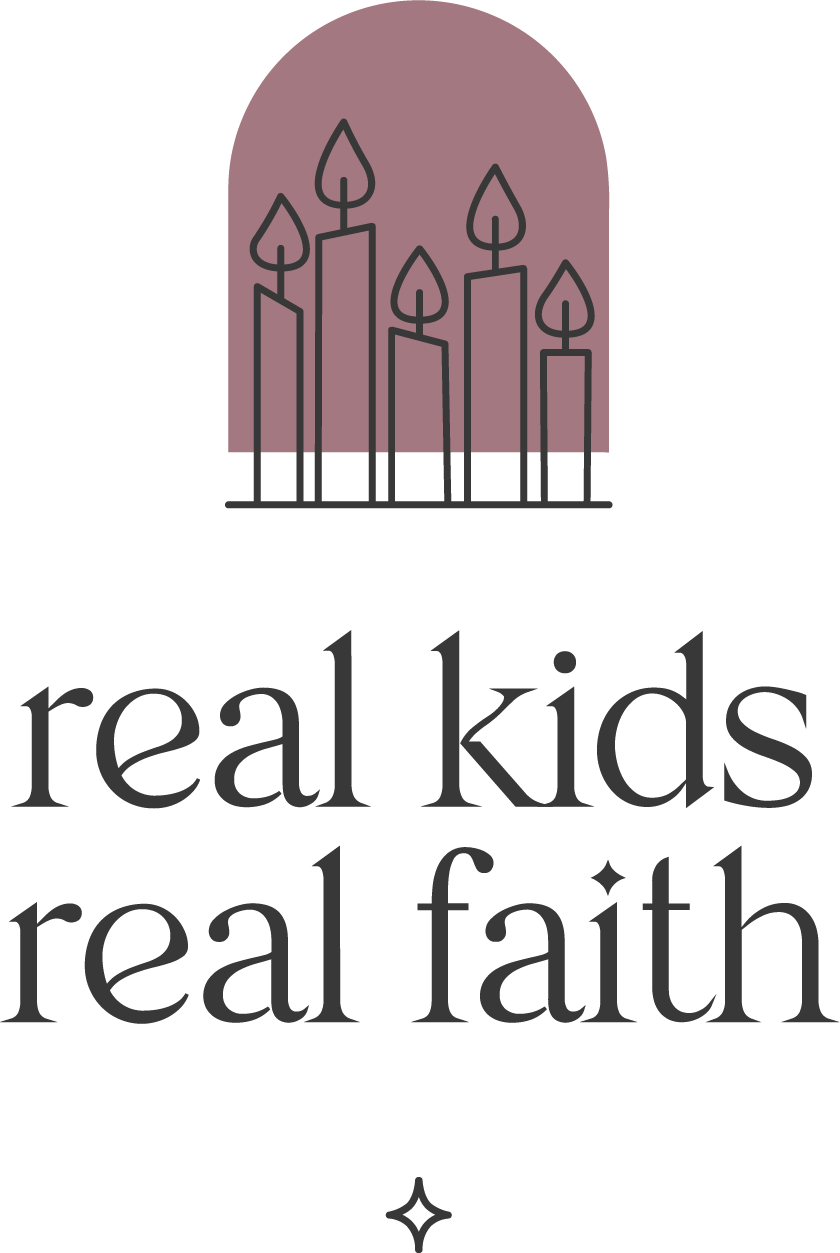While tossing a ball back and forth between us, my 3 year old paused and said, “I think God is playing catch with us.” Surprised, I repeated her statement in a quizzical tone, which prompted her to explain, “When the ball goes up, God catches it and throws it down.” My spiritual self loved this explanation but my scientific self cringed. I thought for a moment and then replied, “I agree that God likes to play ball with us. And when God helps the ball come down again, we call that gravity.”
Nurturing children’s spirituality doesn’t mean we have to ignore science. Critical thinking skills help kids use their minds and senses to make meaning of experiences and events. As parents and caregivers, we can encourage children to pay attention to what they think and acknowledge breakthroughs in understanding.
Supporting children’s critical thinking begins by recognizing that even preschoolers have significant cognitive capabilities. Young children are able to notice patterns and organize things in categories. They are attuned to how changes in an environment can cause a space or community to ‘feel’ different. They revise their thinking as they acquire new information or notice mistakes they’ve made in putting their ideas into words. These are all forms of critical thinking.
Yet children can become focused on getting right answers and the praise that follows. When we choose to be present with them in their thinking process, we redirect their attention to exploring ideas rather than conclusions. We emphasize that how they figure something out is as important as what they conclude.
As families, we can cultivate a habit of noticing each other’s thinking and naming practices that help us understand. Instead of praising children for getting a right answer, we can ask them to explain how they figured something out. If a child is struggling with a concept, we can ask, “What could you do differently to explore this idea?” or “What other information might help you find an answer?” Or we might describe the process we noticed a child using to puzzle something out so that they can see their steps more clearly.
We can also develop family reflection routines. These can be as simple as using the words, “I realized…”, “I noticed…”, or “I wondered…” when family members describe their thinking about something. Play a game where family members name something they’ve noticed and explain what they think it means. Or turn the game around and share something you think you know and then identify what you realized that led you to that conclusion.
Key to both these ways of encouraging critical thinking is to provide space for children to think before we jump in with answers. We can do this by asking, “What do you think?” before responding to questions. We can also model taking a beat to think about questions before we answer, saying, “I’m thinking” to explain our silence. This approach reinforces the idea that it’s okay to take time to work out what we think and then share our ideas.

Comments